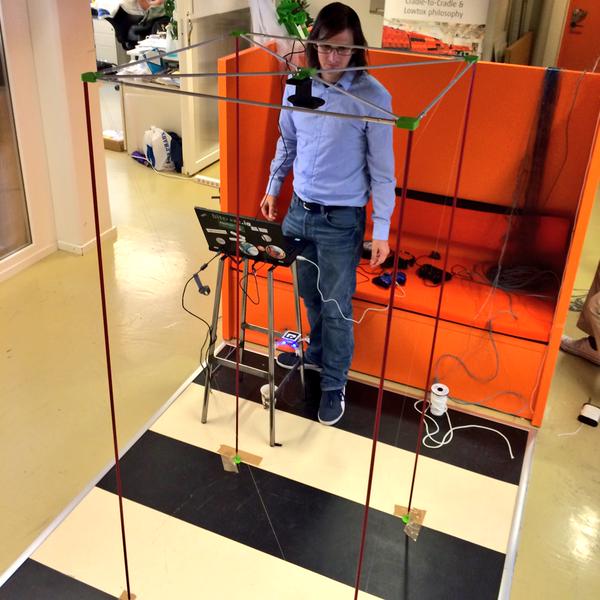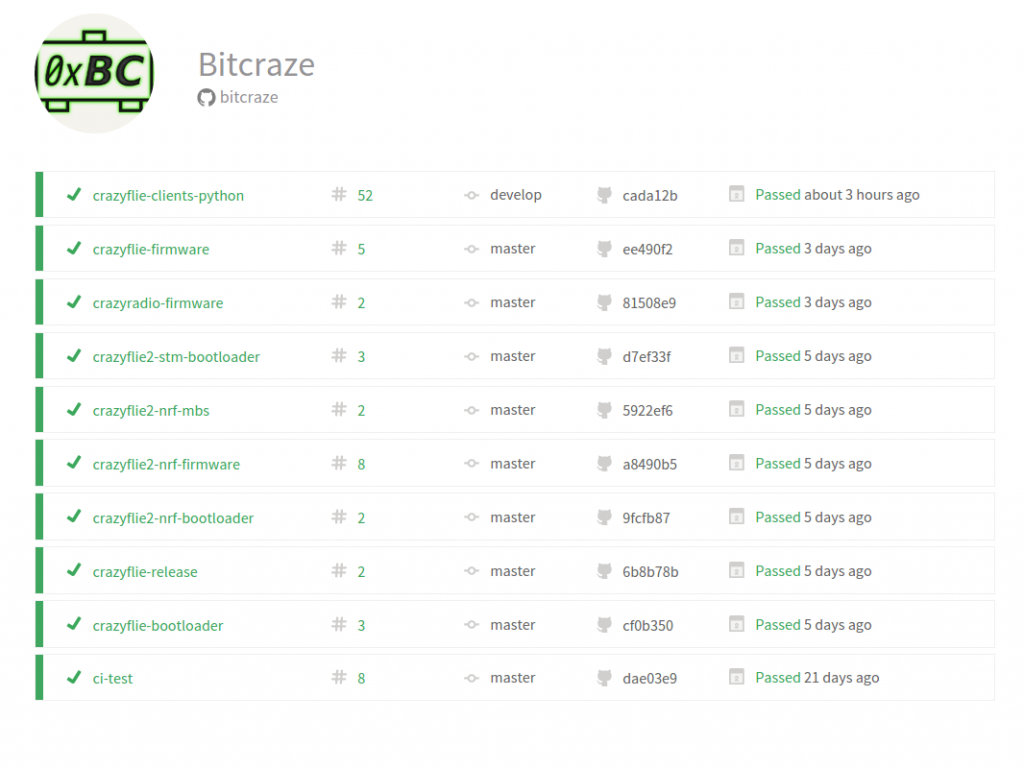The last week has been really busy here at Bitcraze. We are working on regular bugfixes, support and new Decks to be release as soon as possible. But at the same time, we have moved our office in a new building (still in Malmö, Sweden) which is a lot of work, even more for us who have a lot of random hardware lying around. We left Minc, the incubator that hosted us since our beginning as full-time company. We where really happy at Minc, it has been a great place to work and evolve. We thought it was time to move to get closer to other hardware companies and to have a bit more space.
We are now at The Ground. It is a co-working space for startups that hosts some very cool companies. We are really happy to have moved there and are just started to settle-in. We now have a lab separated from the office (which is a first for Bitcraze, we are a bit anxious to be so far from the soldering iron but lets see how it works :-). The great news is that we are going to use the basement as an autonomous-flight-lab to develop the DWM-1000-based local positioning system. I am sure we will have more news on that in later posts.
Another important change: we now have a new member in our team! Björn, who arrived last week, will look, among other things, on refreshing the website and all our communication. The current website state is fully made by hardware engineer and we thought it should be shaped-up a bit.












